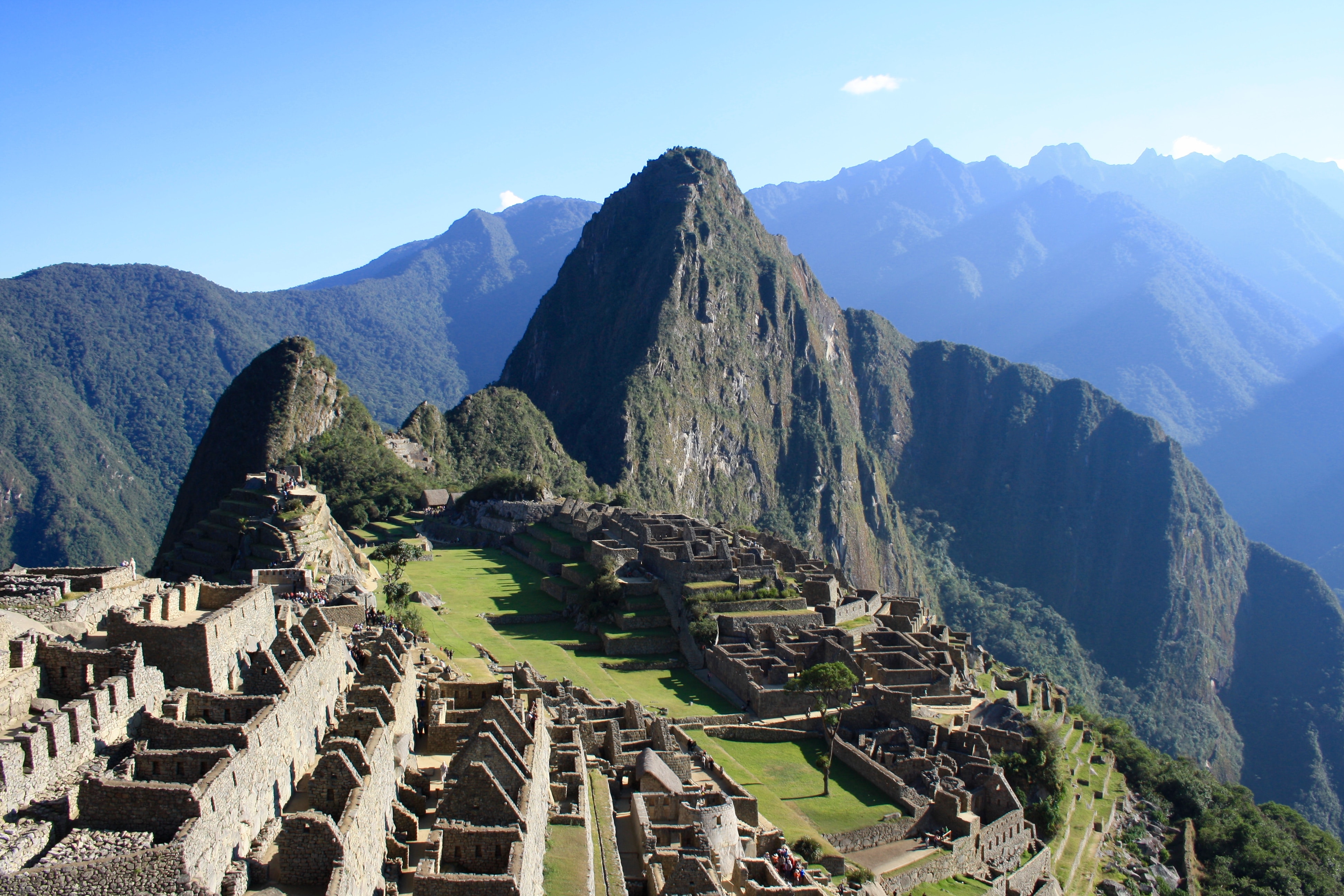
04 Aug Tourism’s Big Hits and Long Tails
We live in a world of big hits and long tails and it has a big impact on tourism.
It was linguist, George Zipf that noticed that the most common word is used twice as much as the second most common word, three times a frequently as the third most popular. It is called inversely proportional. When you graph this relationship with the most popular thing on the left and the least popular on the right, you get a line that is starts high, drops quickly, and but never seems to end as it heads across the page. This type of distribution doesn’t only apply to words in a language – you can find big hits and long tails in many places. That’s Zipf’s law.
Chris Anderson, author of the Long Tail, noticed that e-commerce followed Zipfs law and realized the advantage of e-commerce was that companies could make money on the “long tail”. Even the most obscure song or product has some market, even if it is small, and online sellers, who don’t have inventory costs, can make a profit from selling them.
The same is true in tourism. We found that clicks on the Australian Tourism Data Warehouse followed the same general pattern – with the most popular destinations getting many more hits but virtually every destination getting some interest. The same pattern follows in airline flights etc.
While the long tail is great news for emerging destinations, the “big hit” can be a real dilemma.
I haven’t done the study – but I bet it shows Zipf’s law works for travel images as well. You’ve seen the same image of a smiling face with Machu Pichu or the Taj Mahal behind them. Everyone has seen the image and – literally- we want to place ourselves in the picture. There are reinforcing feedback loops in place here – the more you see the image, the more iconic it becomes, the more you want to take it yourself. And so we end up with destinations, and even specific locations, that are big hits.
And so – we get overtourism.
Destination marketers have a balancing act. There is a strong incentive to use the iconic image. Everyone knows it. Using it reinforces what potential visitors already know and love. On the other hand, introducing new images designed to disperse traffic and create new hits is hard work. It takes time and investment to build the momentum that creates a new iconic image, a new place to see. It’s worth it. It is a good strategy for destination marketers to build a portfolio of must-see images, rather than relying on a single destination-defining image.
Of course, it only makes good sense if you prepare for more visitors at these locations before they arrive.



Sorry, the comment form is closed at this time.